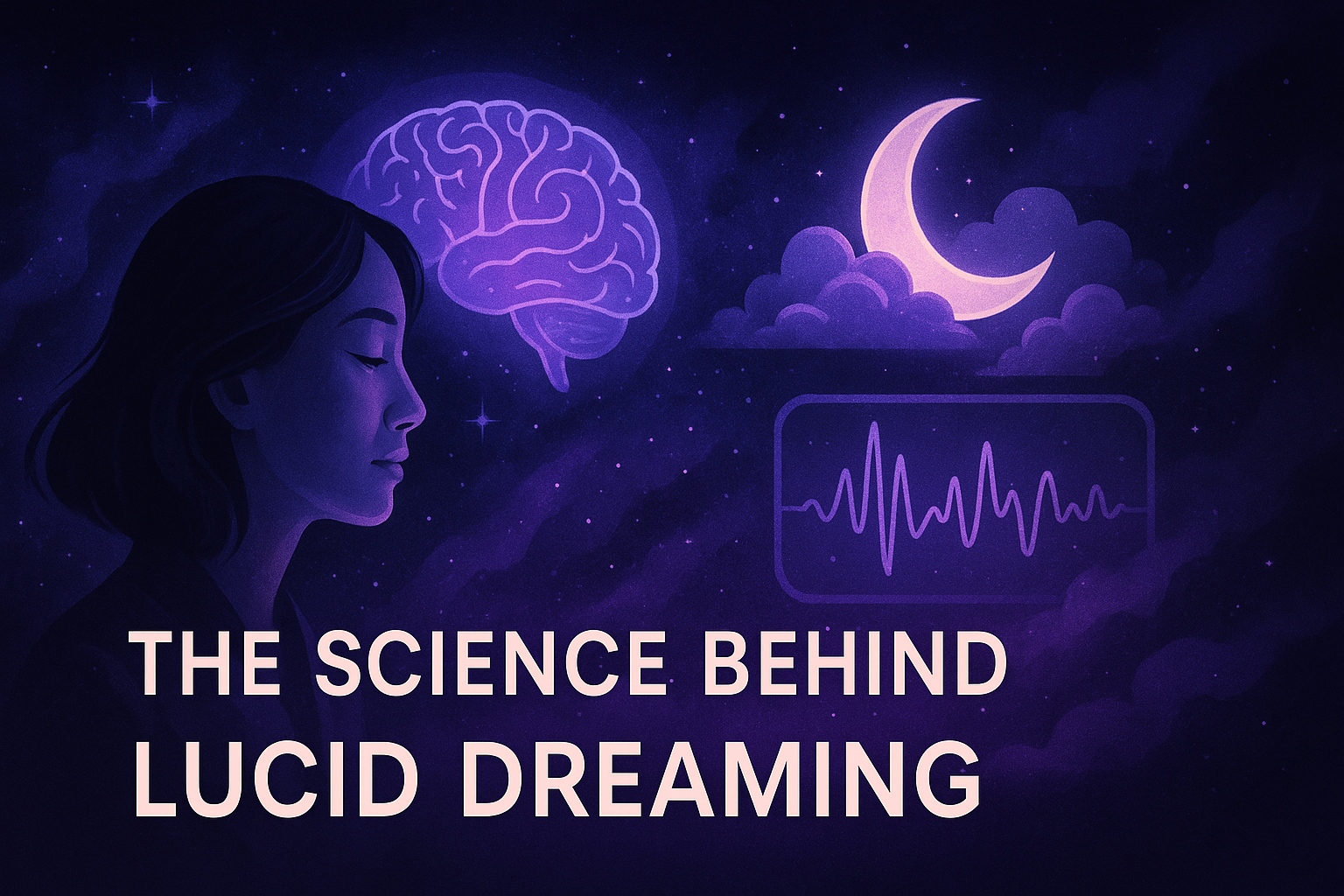The Science Behind Lucid Dreaming

Unveiling the Mysteries of the Mind
Lucid dreaming, the fascinating state of being aware that you are dreaming while still asleep, has captivated scientists and dreamers alike for centuries. It represents a unique hybrid state of consciousness where the vivid world of REM sleep intersects with aspects of waking self-awareness. Recent advancements in neuroscience and psychology are shedding light on the mechanisms behind this unique phenomenon and exploring ways to cultivate it.
What Happens in the Brain During Lucidity?
Neurological studies provide intriguing clues. Using techniques like electroencephalography (EEG) and functional magnetic resonance imaging (fMRI), researchers have observed distinct patterns during lucid dreams compared to typical REM sleep. Notably, there's often increased activity in parts of the brain usually more active during wakefulness, particularly the dorsolateral prefrontal cortex, precuneus, inferior parietal lobules, and supplementary motor area. These regions are associated with higher-order cognitive functions like:
- Self-awareness: Recognizing oneself as the dreamer.
- Working memory: Holding the awareness of dreaming in mind.
- Executive function: Making conscious decisions within the dream.
- Volition: Intending to perform actions in the dream.
This pattern suggests that lucidity isn't just a fleeting thought but involves a significant shift in brain activity, allowing for a degree of conscious processing within the dream state.
Common Techniques for Inducing Lucid Dreams
While some individuals experience lucid dreams spontaneously, many find that specific techniques can significantly increase the frequency and likelihood of becoming lucid. Some scientifically studied methods include:
- Reality Testing (RT): This involves performing checks throughout the waking day to question whether you are currently dreaming. Examples include trying to push your finger through your palm, checking a clock or text for stability (they often change in dreams), or attempting a small levitation. The habit aims to spill over into dreams, triggering lucidity when the test "fails" reality rules.
- Mnemonic Induction of Lucid Dreams (MILD): Developed by pioneering lucid dream researcher Dr. Stephen LaBerge, MILD involves setting a strong intention as you fall asleep. After waking up from a dream (often during the night or early morning), you focus on recalling the dream and repeat a mantra like, "Next time I'm dreaming, I will remember I'm dreaming." You then visualize yourself becoming lucid in the previous dream.
- Wake Back To Bed (WBTB): This technique involves waking up intentionally after about 5-6 hours of sleep, staying awake for a short period (20-60 minutes) while focusing on the intention to become lucid, and then returning to sleep. This increases the likelihood of entering a REM sleep period directly with heightened awareness.
- Senses Initiated Lucid Dream (SSILD): This technique involves cycling through your senses (sight, sound, touch) as you fall asleep, gently paying attention to each without dwelling on any specific sensation. This can help maintain a level of awareness as you transition into sleep.
The Potential Benefits
Why pursue lucid dreaming? Beyond the inherent fascination, potential benefits include:
- Overcoming Nightmares: Recognizing a nightmare as a dream allows the dreamer to confront fears, change the narrative, or simply wake up.
- Skill Rehearsal: Athletes, musicians, and others can practice physical or mental skills within the dream environment.
- Creativity and Problem Solving: The unique state of mind can be a fertile ground for inspiration and finding novel solutions.
- Personal Growth and Exploration: Lucid dreaming offers a safe space to explore the subconscious, confront personal issues, and experience profound insights.
Conclusion
The science behind lucid dreaming is a rapidly evolving field, offering exciting insights into the nature of consciousness. While much remains to be discovered, current research provides practical techniques that empower individuals to explore the vast potential of their own dream worlds. With patience and practice, the ability to become aware within your dreams may be within reach.

